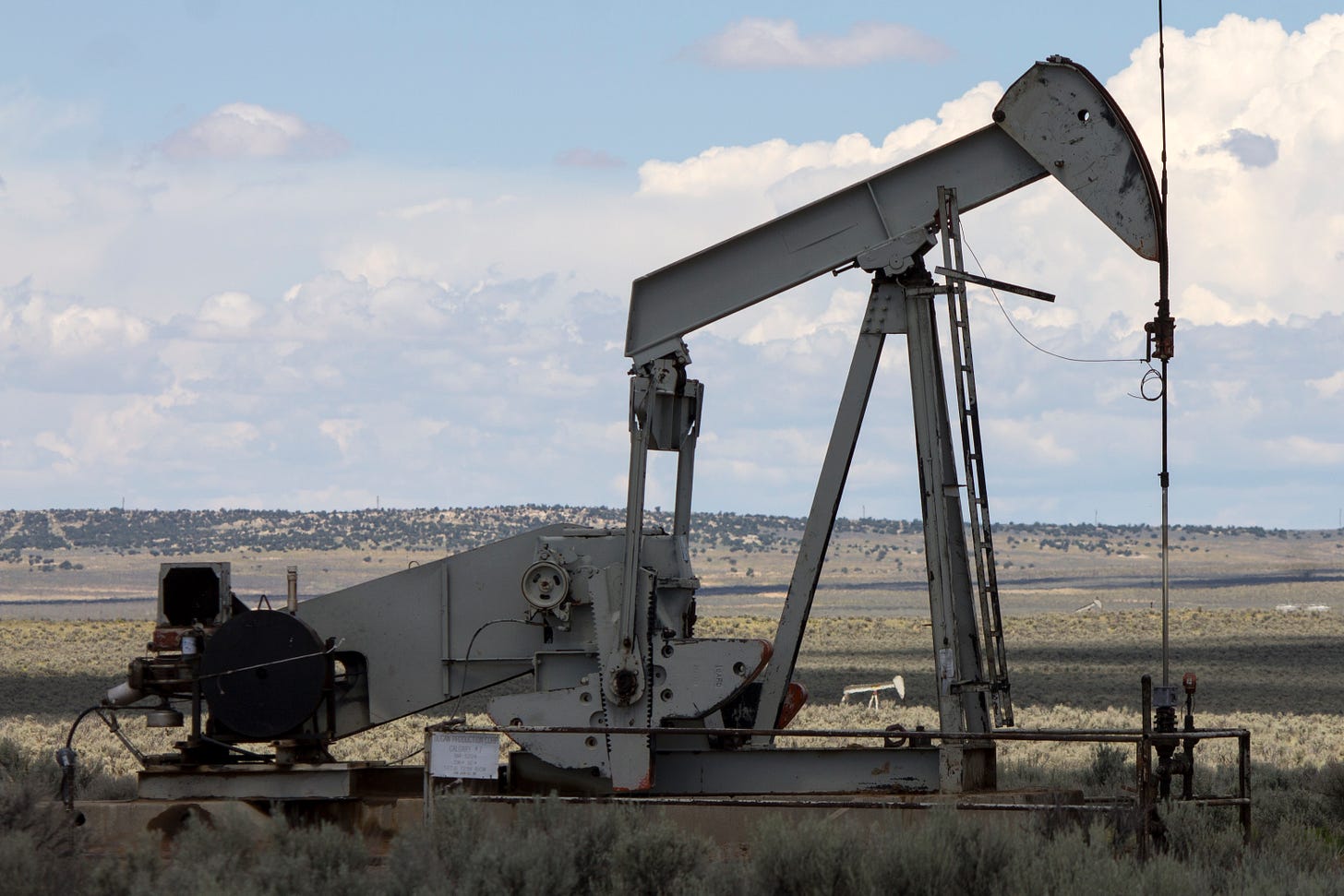Fed leasing review: raise royalties; ignore climate
Greens attack long-awaited report on oil and gas program
THE NEWS: The Interior Department finally releases its report on the federal oil and gas leasing program, concluding that the program falls short of serving the public interest, “provides insufficient opportunities for public input, shortchanges taxpayers and states, and tilts toward opening up low-potential lands without adequately considering competin…
Keep reading with a 7-day free trial
Subscribe to The Land Desk to keep reading this post and get 7 days of free access to the full post archives.




